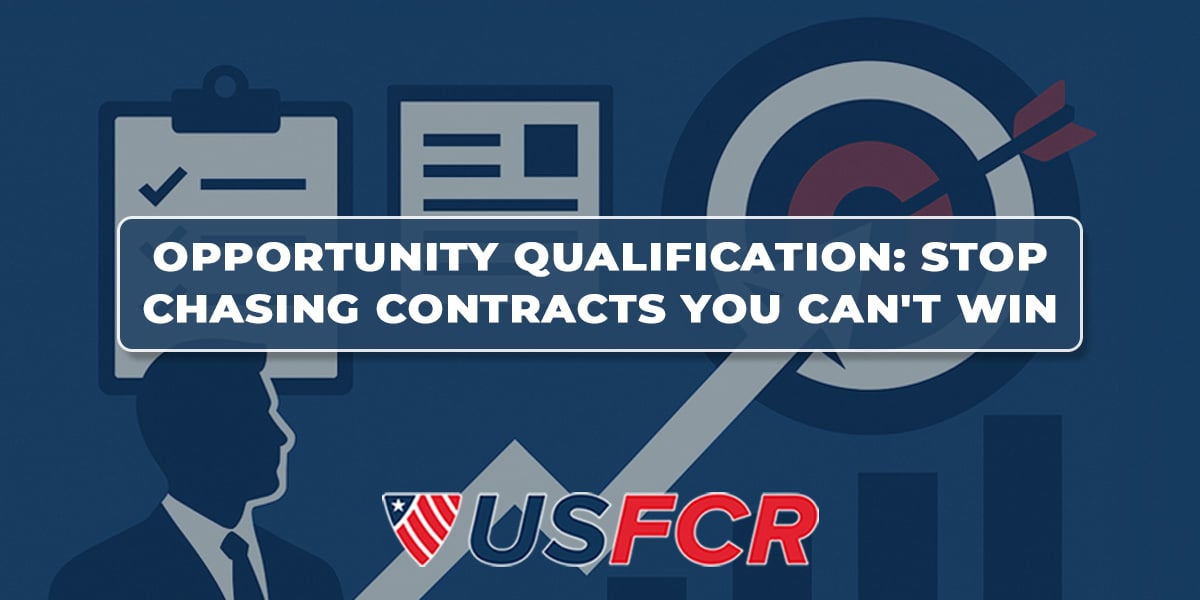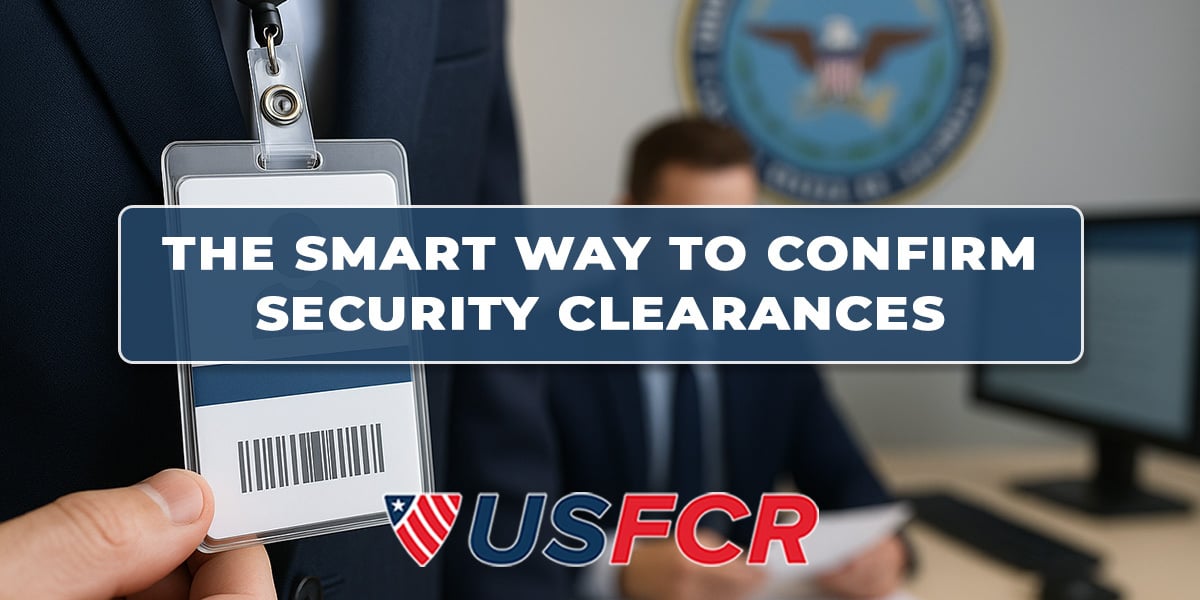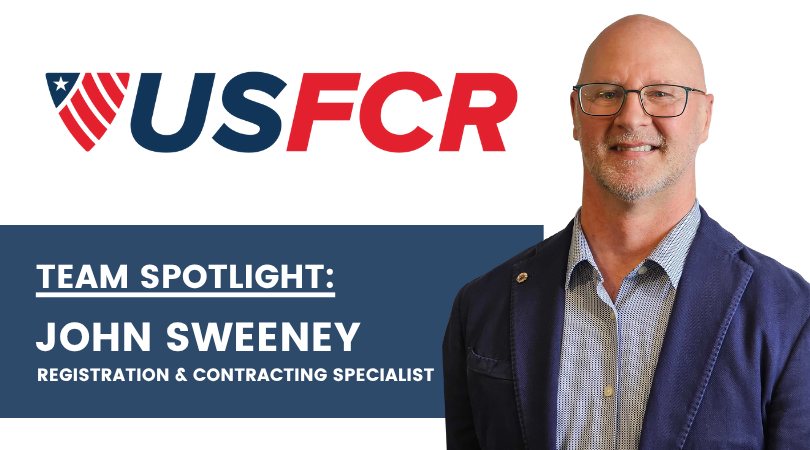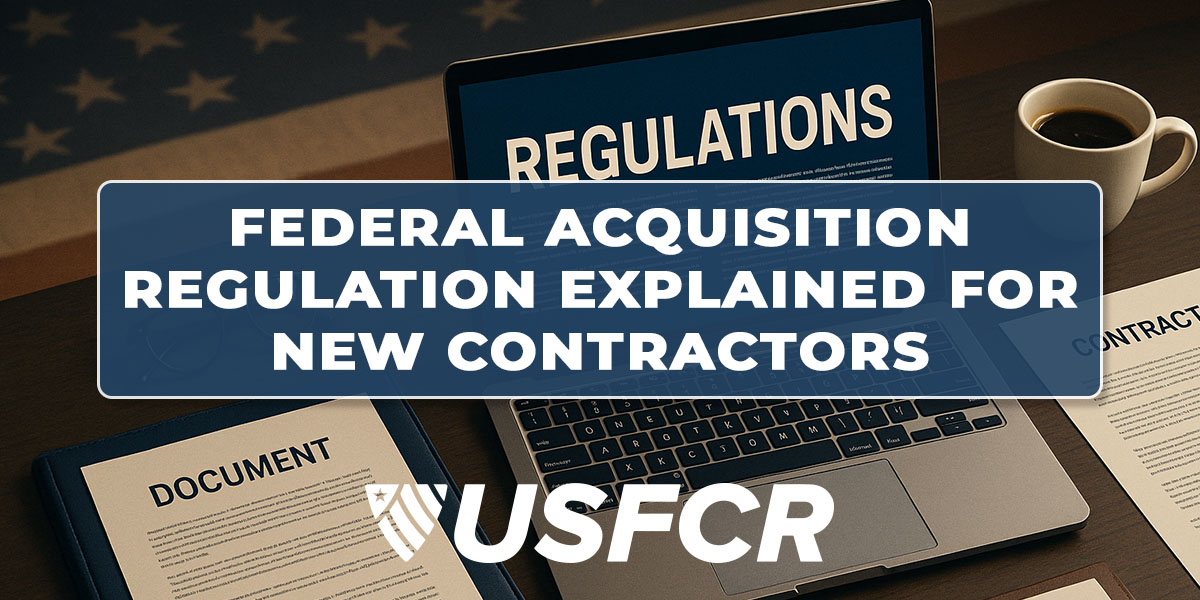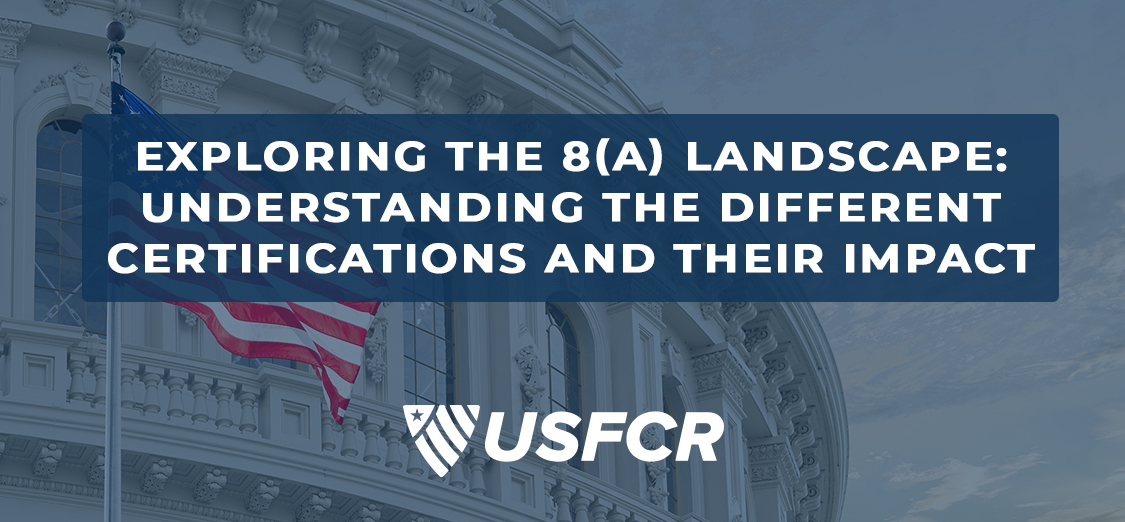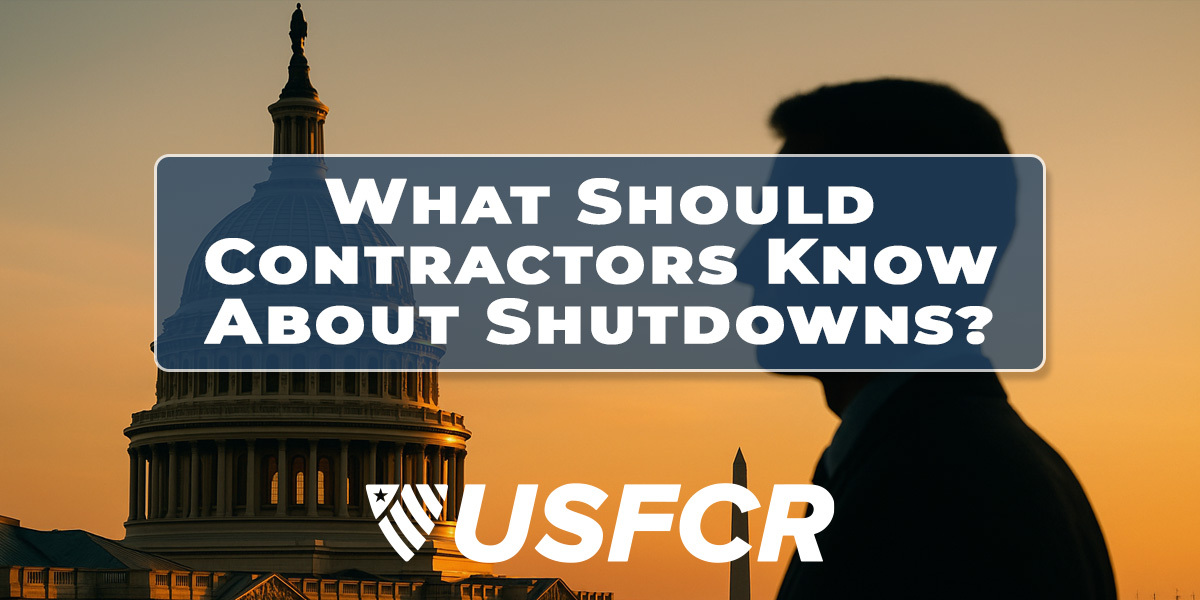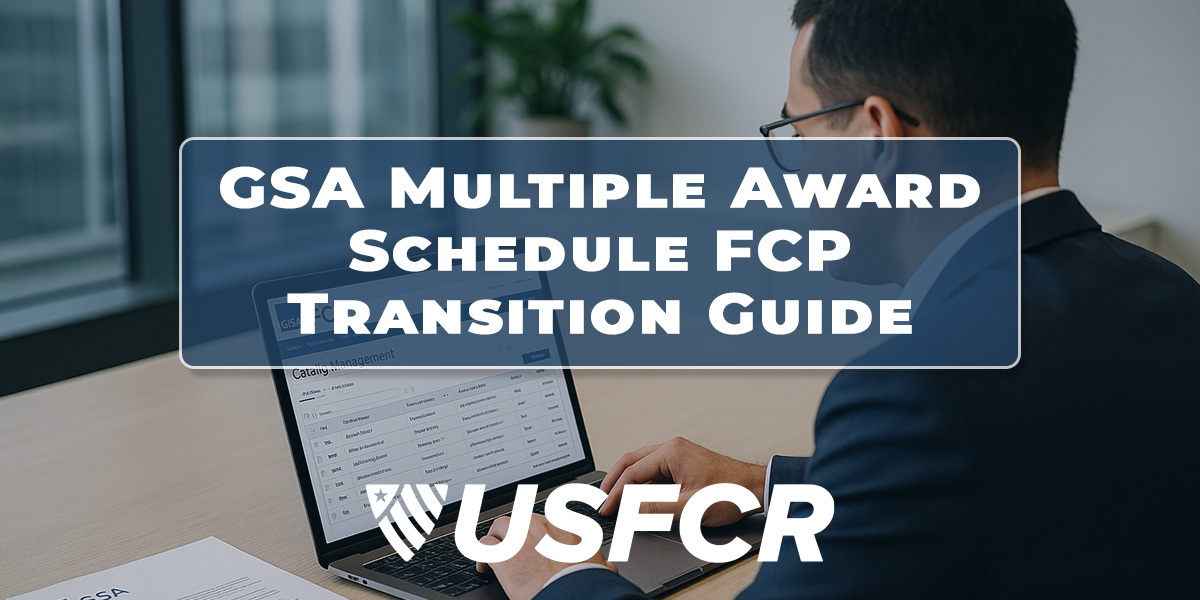Most federal contractors waste significant business development resources pursuing opportunities they have no realistic chance of winning. They chase every solicitation containing their industry keywords, submit rushed proposals to meet deadlines, and lose consistently while wondering why federal contracting feels impossible.
Here's the reality: winning requires systematic qualification that eliminates poor-fit opportunities before you invest proposal resources. The contractors who win consistently aren't necessarily better at proposals. They're better at deciding which opportunities deserve pursuit and which should be declined, regardless of technical fit.
